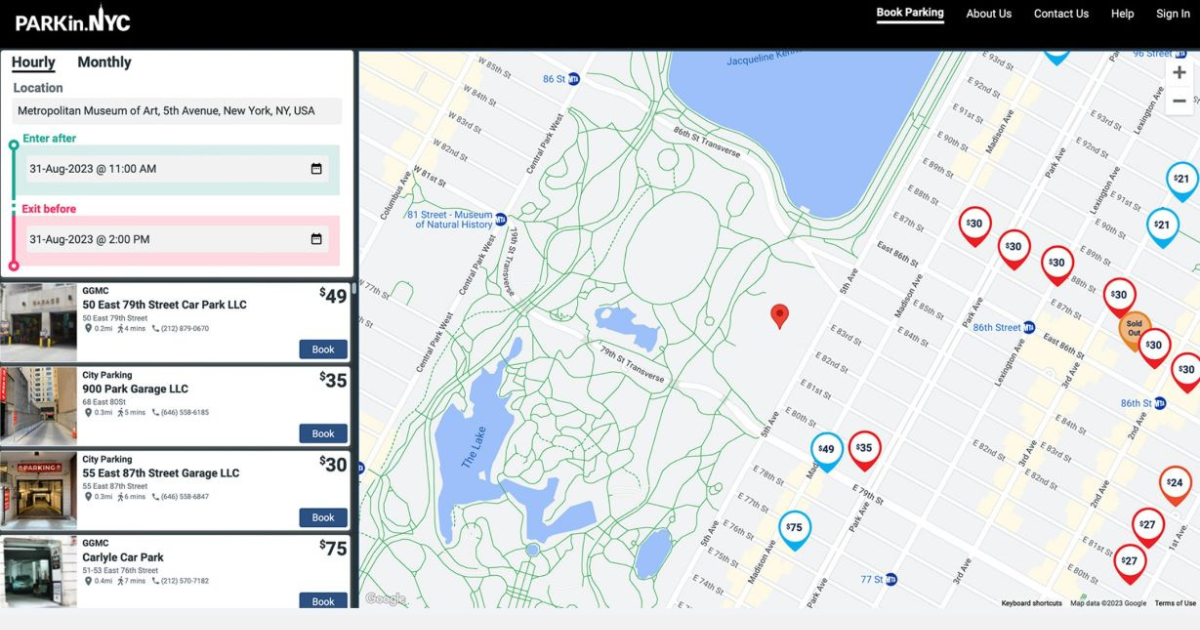Rapid Connectivity Era: Breaking Building System Integration Barriers for Faster Time-to-Value
Rajavel Subramanian, Co-Founder & CPO, Facilio

Thereís an ever-growing momentum behind property owners deploying smart building tech projects across their portfolios. However, it is not without struggle. While owners and operators are increasingly recognizing the business value of emerging technologies, itís often the integration with existing systems that is the biggest bottleneck to those new technologies succeeding.
Buildings are systems of systems, each with its own ecosystem of humans and processes. Unfortunately, buildings are designed in individual silos (HVAC, Lighting, etc.) that werenít intended to be integrated. This creates a big mess and often results in a huge bottleneck for smart building technology projects.
More often than not, these projects are like walking through a minefield. Like a minefield, you just donít know what integration surprises await you. And itís more than just a fear of explosions. The implications of the integration bottleneck are an enormous drag on projects:
- Project delays, where it takes months to years to deploy a simple use case
- Project cancellations, where the team loses their earmarked budget or simply decides to give up after long delays
- Decreased ROI, where expensive integration costs eat up the budget and the expected returns
As an industry, we need to work together to increase the ďtime to valueĒ of new technology deployments. This article unpacks the integration dependencies and challenges behind smart building tech deployments and shows why portfolio O&M teams need an overlay software platform to overcome this major bottleneck.
The inevitability of leveraging existing systems and data
In order to realize the business value building owners are hoping for, most technology use cases depend on and augment the existing systems in the building. For example, in order to provide a healthy indoor environment, the HVAC system needs to be optimized for air quality, the lighting system for lighting quality and daylighting, and more. New technologies typically donít replace these systems, they communicate with them by collecting data, analyzing it, and using it to provide that desired result.
While this one-to-one communication with existing systems is often difficult enough, many use cases also depend on multiple existing systems working together. For example, in order to provide a healthy indoor environment and minimize energy consumption, the occupancy system, the HVAC system, and the lighting system need to coordinate.
While these examples might sound simple enough for an integrator, remember that these are just a few use cases for a few existing systems in one building. Most large, modern portfolios of buildings will have vastly more use cases, different systems in each building, and different services providers for each system, resulting in massive integration complexity portfolio-wide.
New technologies with the same old integration model donít work
Building designers have not historically put much focus on holistic, integrated technology design, so buildings are constructed with separate specifications, contractors, technology stacks, and service vendors for all the different systems in the building (HVAC, lighting, elevators, fire safety, metering, access control and more). As a result, building owners and operators are left with siloed systems, each consisting of networks of sophisticated hardware and software that simply werenít intended to be integrated with in the first place. To accommodate this complexity, these systems are managed and kept up to date by service providers who often serve as the gatekeepers of the integration process.
Once communication is established, integration then requires customized hardware and software programming that is neither seamless nor scalable, across the portfolio.
Project teams are inhibited by a number of integration landmines that are often difficult to predict beforehand, such as:
- Non-digital or non-communicating devices
- Silos or devices that are on the wrong network
- Silos or devices that speak the wrong protocol
- Silos lack the required context to understand and make use of the data they contain
- Silos are different in each building of the portfolio
- Silos are constantly being modified/upgraded/extended/etc.
Leading portfolio owners have recognized the need to mitigate, manage and even remove this complexity. Letís explore how theyíre doing it with modern overlay software.
How an overlay platform accelerates time-to-value by centralizing connectivity
In our recent whitepaper on the State of Property Operations and Maintenance Software, we described the full value of modern overlay software and how it can knock down the building system and cloud application silos plaguing many building operating teams. Today, letís highlight the five ways the overlay resolves the challenges of the integration process.
- First, a single integration with each siloed building system can enable all future use cases. This means that any use case that depends on HVAC, for example, can now communicate with the overlay instead of the BMS.
- Having the data from each silo pulled into a central location reduces the operating teamís dependence on any single vendor, thus promoting a more cooperative ecosystem of service providers.
- A centralized platform also provides a common data model, making each data point contextually aware of the others that were previously disconnected. For example, the data model might understand which pieces of equipment in the lighting system and occupancy system, and HVAC system serve the same room.
- An overlay provides the ability to connect directly to modern, newly installed IoT devices, such as occupancy counters, negating the need for integrating with traditional silos.
- A cloud-based overlay provides a common user interface for building operators across an entire portfolio to monitor the status of all communicating devices
The importance of these innovative process improvements lies in decreasing the time that new technologies can start providing value. This is of utmost importance because our industry has entered a historic moment where we donít have time to waste.
As schools, colleges, offices, malls, etc., remain shut down or restricted due to COVID-19, a torrent of not only money, but enthusiasm, attention and demand that was previously trapped in maintaining the siloed status quo is flowing into new technology as we speak. Whether itís the demands of employees, the ability to hire the best talent, managing risks in supply chains, operational continuity, regulation, investor interest, or customer expectations, the business case is clear across all sectors.
Finally, as buildings are getting more and more sophisticated, the new generation of building operators will demand modern technology, not that of the '80s and '90s. The trends indicate that building technologies have no choice but to level up. To dive deeper into how the overlay helps building operators level up beyond integration, you can read our whitepaper available for free download here.
This Week’s Sponsor
Facilio's AI-driven property operations platform allows real estate owners to aggregate building data, optimize performance, and control portfolio operations - all from one place. Customers in the commercial office, healthcare & retail categories use Facilio across 40 million square feet to reduce operations costs, increase net asset value & derisk operational liability. Headquartered in New York City with offices in Padova, Dubai, Chennai & Singapore, Facilio is a global company backed by leading investors including Accel Partners and Tiger Global Management.
Read Next
 3/27/2025
3/27/2025
The Convergence of Edge Computing, Cloud, and AI in Building Automation and Smart Buildings In the built environment, we have seen the convergence of Operational Technology (OT) and Information Technology (IT), later expanding to include Workplace Technologies (WP).
 3/27/2025
3/27/2025
DC Power: A Holistic Approach to Energy Savings in Commercial Buildings In today's energy-conscious world, businesses constantly seek ways to reduce their carbon footprint and operational costs.
 3/13/2025
3/13/2025
How to Achieve Eco-Friendly Facility Management Commercial real estate operators and facility managers are focusing on sustainable practices to minimize environmental impact, create healthier workplaces, improve productivity and lower operational costs.
 1/23/2025
1/23/2025
When It Comes To Managing Propertiesí Parking, Technology Is Key Itís easy for developers and real estate owners to think of parking as a necessary evil. They know they have to provide it (often, because itís mandated by code), they understand that prospective tenants and buyers expect to be provided parking, but they havenít figured out how to maximize its value.








.gif)




